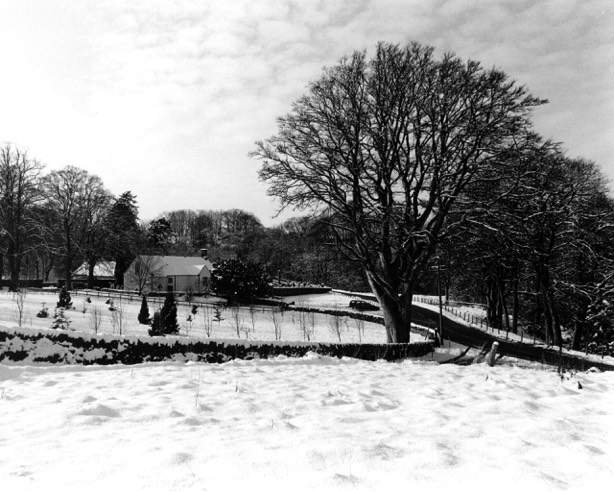Pictorial Planet
Please become a Patreon of my work. You get special videos just for Patreons. You also support my website and YouTube work. Just check out the two tiers and decide what you might want as value benefits. Just click the link below…
Expose for the shadows, develop for the highlights.
NEW!!!
Subscribe now to my new YouTube channel for tricks and tips on developers, darkroom work and photography.
Subscribe to our new newsletter!

If the photograph is correctly exposed, that is, to record detail in the shadows, we know that with proper development those details will be on the film.
If that was all there was to obtaining a good negative we would be laughing all the way to the darkroom! The problem we face is that the contrast of the scene may be outside the range that the film can record effectively. Although our shadows are fine, the highlights are blown out and without detail.
The films effective range, between the darkest perceptible shadow and the lightest perceptible tone, is around 5 stops and a contrasty scene can very easily exceed this. The shadows will be successfully recorded if we meter them and close down two stops but any highlights, more than four stops above the shadows, will be lost to pure white.
It is in development that we can compress the tremendous range of a high contrast scene into the relatively small range of our film.
By using correct exposure and development we can record detail in both the shadow and the highlight areas of the photograph, extending the films range to about 7 stops. This is called contrast contraction.
It is in development that we are trying to control the density of the bright areas and the detail in the highlights
The film is made up of silver halides which, if exposed to light, will be reduced by development to opaque silver. The shadows on the negative that were exposed to very little light will quickly develop to completion. Remember that the shadows of the photograph are the lightest area of the negative and where the least amount of silver has to be chemically processed.
Shadow development will be complete by half way through normal development time.
In order to develop the shadows to completion we must always develop our film for a minimum of 50% of its full development time. Above this, only the highlights are really increasing in density. There will be very little change in the shadows.
The longer we develop for, the less detail we shall see in the highlights, as the silver particles become more and more dense. Eventually, they block the enlarger light from passing through them. At this point the highlights have become burnt out.
This does not hold true if the scenes contrast range was within the 5 or so stops exposure latitude of the film. The highlights will not develop more than they have been exposed without considerable over development. Over development is called contrast expansion.
What if the lighting exceeded the range of the film, as is often the case? If the photograph was exposed for the shadows, the highlights will be too bright to be effectively recorded in a printable form. The contrast range is just too much for normal development. Given a full development time they will become too dense for the light to pass through and too dense to print. They will print as pure white on our paper with no detail at all.
We can reduce the contrast of the negative by reducing the development time.
How much do we reduce the development by?
Gene Nocon published a starting point which for me has always been a very good approximation in his excellent book "Photographic Printing". To contract the contrast by one stop, divide the standard development time by 1.4. This equates to 30% and approximates to N-1; a common term for 1 stop contraction.
If the development time for a given film was 10 minutes, developing for 7 minutes would give detail in the highlights 1 stop above the normal range.
Extending development increases contrast.
The opposite is true for a photograph taken of a flat scene. A cloudy day with low light levels might be an example. If the contrast needs to be increased, to make a more easily printable negative, increase the development by a factor of 1.4. Our previous example film would now be developed for 14 minutes. That is, 10 minutes multiplied by 1.4.
This system must not be confused with anything other than increasing or decreasing the film development to increase or decrease contrast in the negatives. We are not adjusting development to compensate for changes in film speed (called pushing or pulling a film). The film speed set on the camera or light meter has remained normal. We have just compensated for a contrasty scene or a flat scene.
You can test for increasing highlight development by exactly one stop (N+1) or reducing the highlights by one stop (N-1) by using the Personal Development Time Test described in my book.